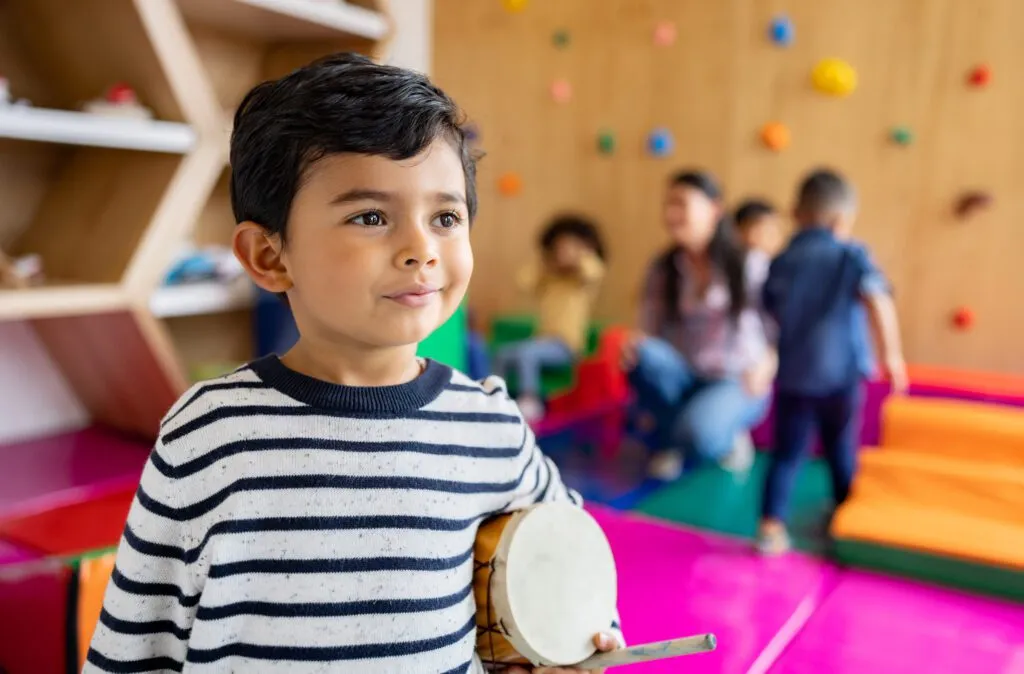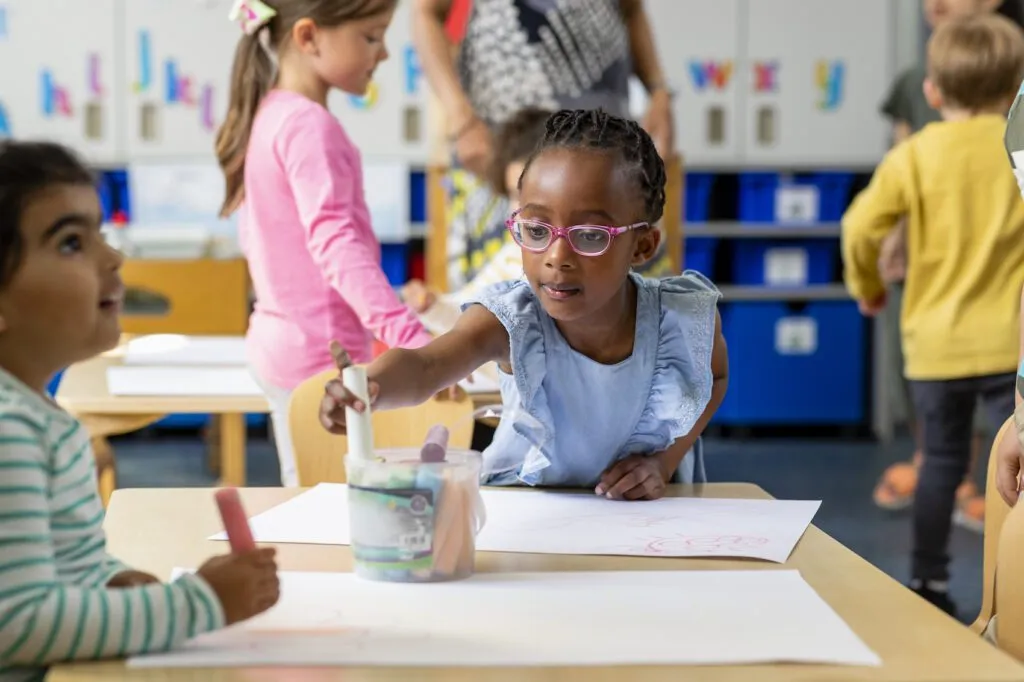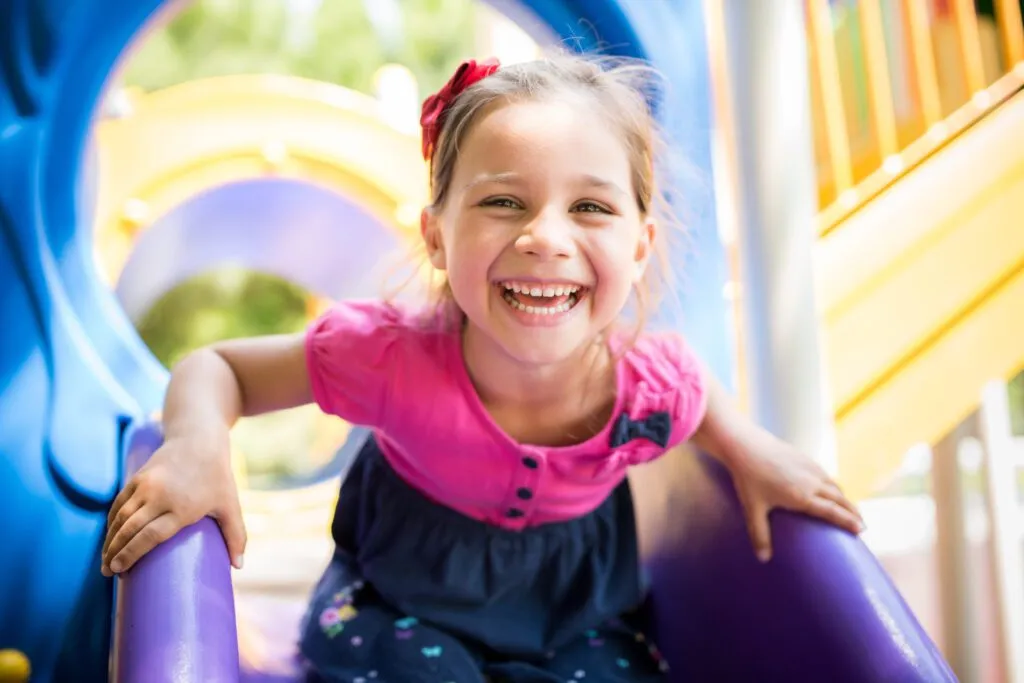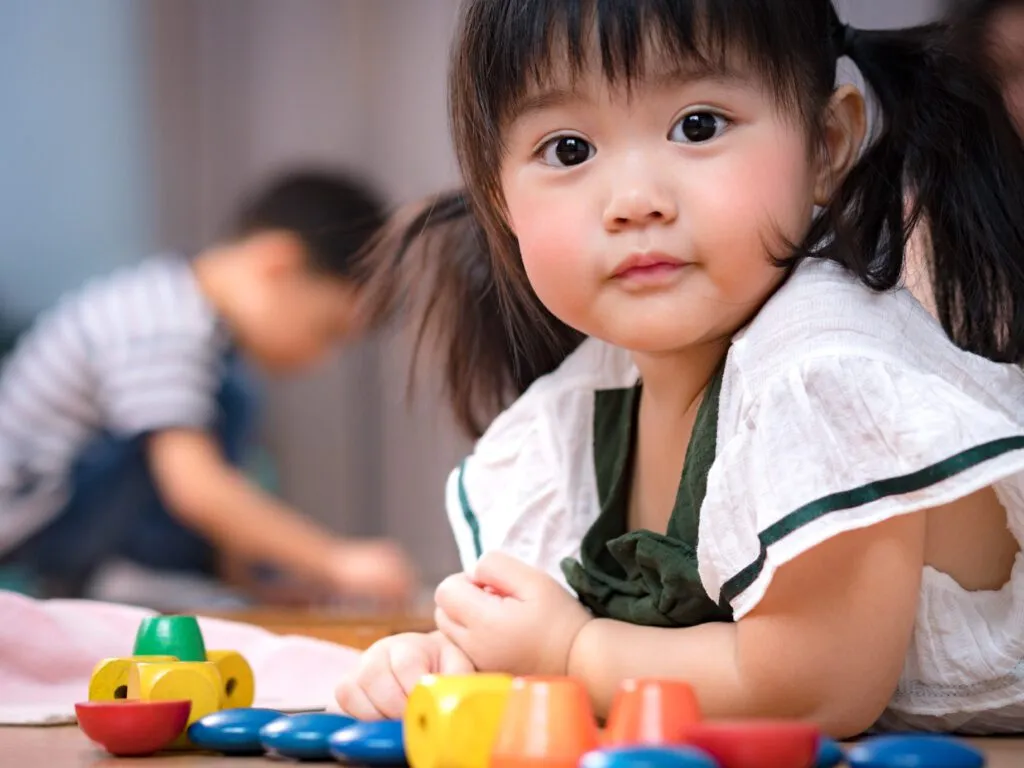Native American Heritage Month: Honoring 10 Leaders in Early Childhood Education
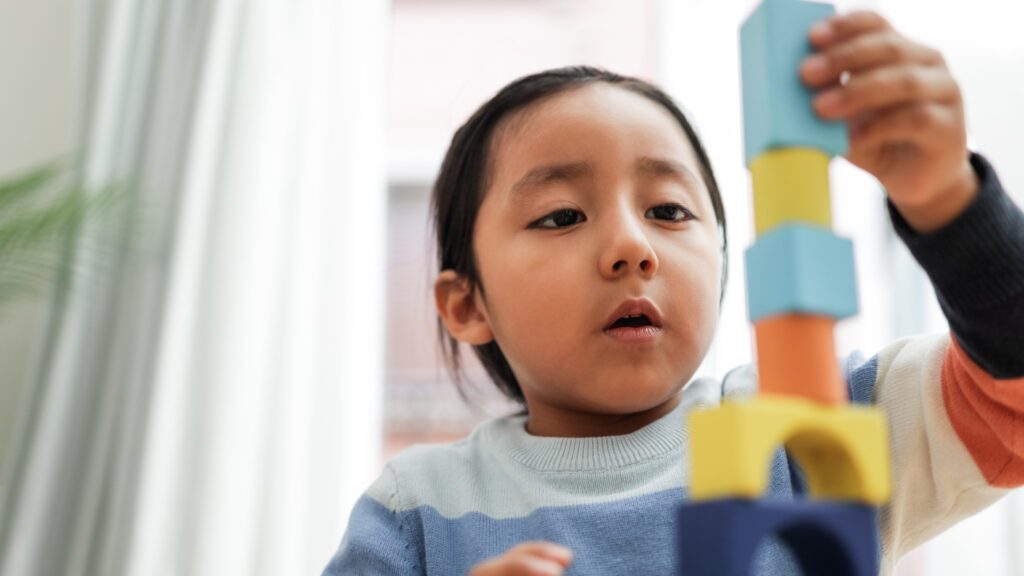
In honor of Native American Heritage Month, we’re celebrating the work of 10 Native American education leaders and children’s book authors who have had immeasurable impacts on the field of early childhood education. Learn more about how they have advocated for equitable, inclusive education for young children and the inclusion of rich, diverse resources that celebrate the cultures of Indigenous Americans.
Influential Indigenous People in Education
The following list honors Indigenous advocates and educators in early childhood education who have changed the way Indigenous brilliance is seen in the field of early childhood education. They have fought for representation, inclusion, diversity, and a celebration of Indigenous ways of knowing and being at various levels of the field. By doing so, they have also created pathways for future Indigenous educators and advocates.
- Rosemary Christensen, Elgie Raymond, and Will Antell: In 1969, Indigenous educators Rosemary Christensen (Mole Lake/Bad River), Elgie Raymond (Rosebud Sioux Tribe), and Will Antell (White Earth Ojibwe) founded the National Indian Education Association (NIEA). This organization is committed to supporting educators as they enhance education for Indigenous children; maintaining Indigenous languages; and strategizing ways to impact legislation on the local, state, and federal levels.
- Cotillion Sneddy: Cotillion Sneddy, a member of the Navajo Nation, is the Assistant Secretary for Native American Early Education and Care within the New Mexico Early Childhood Education and Care Department, which is the first early childhood education department to create this position. Assistant Secretary Sneddy has been an educator for over two decades and has served on the Navajo Nation First Things First Regional Council.
- Lucille Watahomigie: Honored on the Native American Women’s Arch by the Hualapai Tribe, Lucille Watahomigie has been an advocate of language revitalization within the United States for more than 30 years. She founded the American Indian Language Development Institute (AILDI), which partners with educators, like-minded organizations, and Indigenous communities to restore endangered languages and provide linguistic training to teachers.
- Trisha Moquino: Trisha Moquino, from the Pueblo villages of Cochiti, Ohkay Owingeh, and Santo Domingo, is a co-founder and the education director of Keres Children’s Learning Center (KCLC), a language revitalization school with a Keres-immersion early childhood program using Montessori pedagogy and dual-language instruction for older children. KCLC also uses an intergenerational approach to ensure the Keres language and traditional knowledge are shared across generations.
- Micker Richardson: As the Director of the National American Indian and Alaska Native Head Start Collaboration Office, Micker Richardson (Haliwa-Saponi) partners with Tribal programs nationwide to boost language revitalization, giving Tribal Head Start programs access to language programs for young children. Richardson also advocates for mental health and disability services, as well as inclusive learning environments, for Indigenous communities.
Children’s Book Authors/Illustrators
Here’s a list of Indigenous authors and illustrators who have created heartwarming, inclusive stories that engage and educate young children.
- Carole Lindstrom: Carole Lindstrom, who is Anishinaabe/Métis and an enrolled member of the Turtle Mountain Band of Ojibwe, became a New York Times bestselling author and a Caldecott Medal recipient when she wrote We Are Water Protectors, a story narrated by an Ojibwe girl who strives to safeguard her community’s water supply from an oil pipeline. Lindstrom’s other works include My Powerful Hair and Autumn Peltier, Water Warrior.
- Tasha Spillett: Inspired by her Indigenous (Cree) and Trinidadian heritage, Tasha Spillett is the New York Times bestselling author of I Sang You Down From the Stars, a picture book celebrating an expectant mother building a cultural connection with her baby. Spillett also wrote Beautiful You, Beautiful Me, which tells the story of a multiracial girl recognizing her inner and outer beauty.
- Daniel W. Vandever: In his children’s book Fall in Line, Holden!, Daniel W. Vandever (Diné/Navajo) wrote and illustrated the story of a Navajo boy who enjoys his vivid imagination while attending a strict boarding school. Another book called Herizon, which won the 2022 American Indian Library Association Youth Literature Award, chronicles the wordless story of a Diné girl who uses a magical scarf to herd sheep with her grandmother.
- Kevin Maillard: Law professor Kevin Maillard (Seminole Nation of Oklahoma) authored a picture book titled Fry Bread: A Native American Family Story, which is a 2020 American Indian Youth Literature Honor Book and winner of the Sibert Medal. Maillard’s writing has also been published in The Atlantic and The New York Times.
- Traci Sorell: A citizen of the Cherokee Nation, Traci Sorell has written several picture books for young children, including At the Mountain’s Base, which is inspired by the history of Native American U.S. service members, and We Are Grateful: Otsaliheliga, a nonfiction book that illustrates a Cherokee word used to express gratitude. Sorell is also the author of Powwow Day, a contemporary fiction story about a young girl attending a powwow with her family.
Throughout the month of November and beyond, we’re recognizing the achievements of Indigenous Americans working to provide equitable, culturally responsive education for young children.
